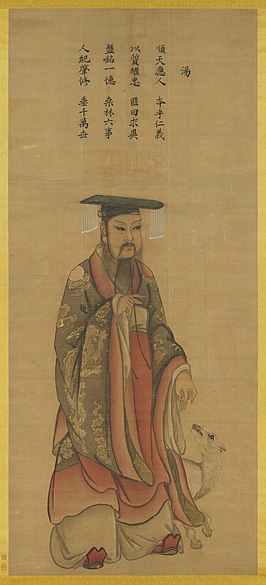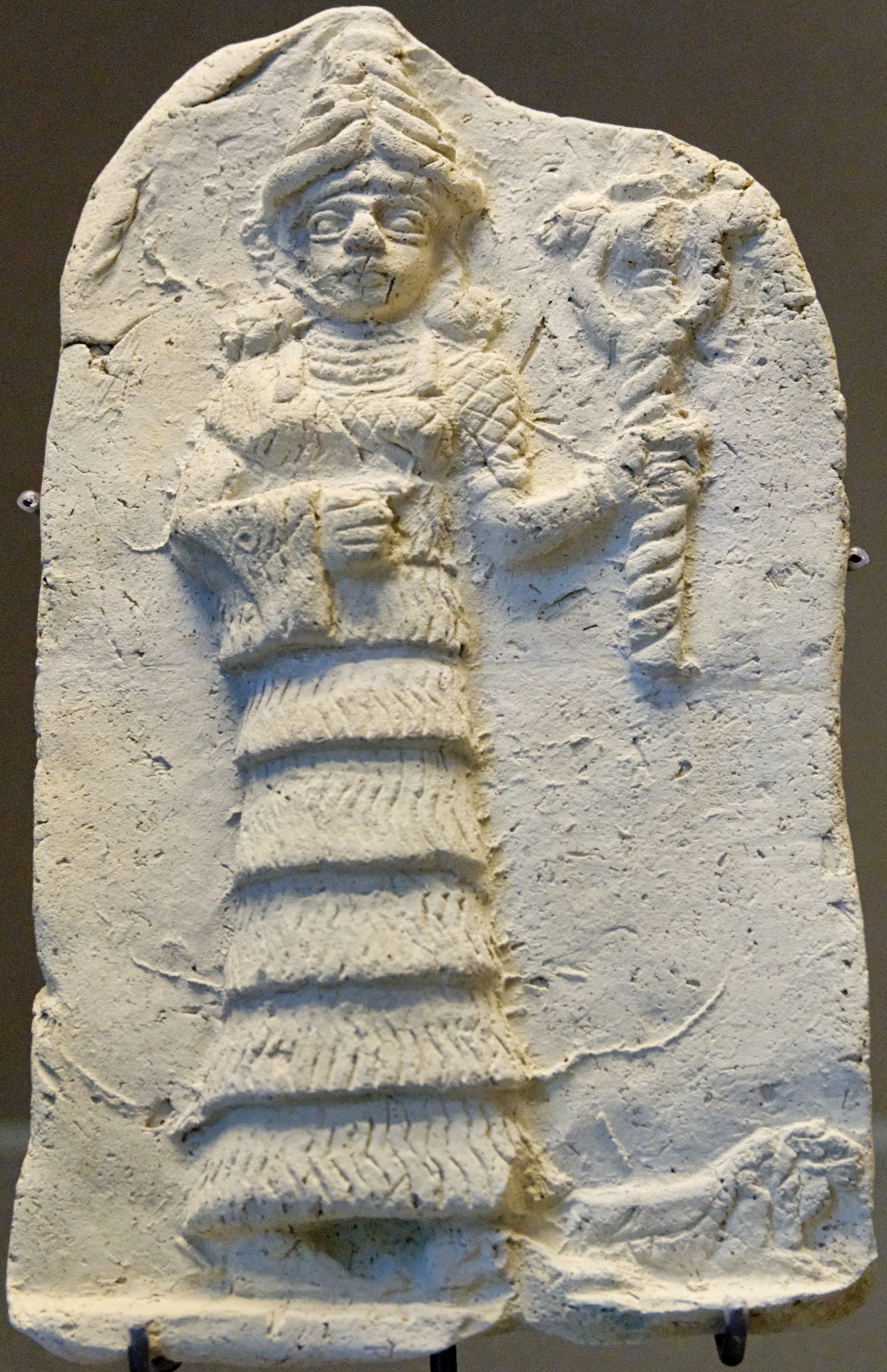 |
| King Tang of Shang Dynasty as imagined by by Song Dynasty painter Ma Lin. Painting is located in the National Palace Museum, Taipei.{{PD-Art}} |
When researching ancient Chinese rulers, names can be
confusing. Take for instance Tang, the
first ruler of the Shang dynasty, and a major player in Book Two of the
Timekeepers Series. He only became known
as Tang after his death, although, we call him Tang in Book Two. Our cast of characters can be confusing
enough without giving everyone multiple names.
Tang’s ancestral name is Zi, his given name is Lu, his courtesy name is
Tai Yi, and his temple name is Tai Zu.
When I was researching the topic, I came across the following quote from
an Indiana University paper, Shang Kingship And Shang Kinship,
“Although the names of the Shang kings may not
seem an intrinsically interesting topic. . .”
What? Of course it is an interesting
topic—but probably not to most people.
While China boasts
some of the richest and most detailed records of antiquity, scholars continue
to disagree over the exact chronology and accuracy of accounts of the ancient
Chinese dynasties and their rulers. The records may
not always match up, but they do so often enough, or close enough, to make a
historical fiction novelist feel she’s on the right track. One of the historical resources of ancient
China is the Bamboo Annals. This vast
record begins with the Yellow Emperor (2600 B.C.) and ends with the Warring
States Period. The original text, which
was written on strips of bamboo, hence the name, was buried with King Xiang of
Wei who died in 296 B.C., only to be rediscovered nearly 600 years later. Interestingly enough, this burial of the text
protected it from an alleged book burning during the Qin Dynasty where all non
Qin authored histories were destroyed.
Even grimmer was the tandem event of the alleged burial of the scholars
in which a minimum of 460 scholars were buried alive. The back story on this is incredibly alluring
and I’m sure it will be featured in a future Timekeepers book.
The Shiji or the Records of the
Grand Historian, Sima Quian, also date back to the time of the Yellow
Emperor. Sima Quiam produced over 130
scrolls of Chinese history around the year 100 B.C. As a hereditary historian, he had
access to source material such as the Annals of the Five Emperors and other
Chinese classics.
Another source for historical
Chinese records are the historical oracle bones, Chinese writing on animal
bones and turtle shells, dating as far back as the Shang dynasty (somewhere
around 1600 B.C., depending on whose chronology you use). As the Shang dynasty is just getting under
way in Book Two of the Timekeepers Series, you can expect to read about the
oracle bones as we chronicle the feats of the Shang rulers.
Without a doubt, some of the
most useful resources for Ancient Chinese research are The Chinese Classics: with a Translation, Critical
and Exegetical Notes, Prolegomena, and Copious Indexes, 5 vols., (Hong Kong: Legge; London: Trubner,
1861–1872). James Legge was an Oxford
Professor of Chinese who translated many Chinese classics, including the Bamboo
Annals. Best of all, thanks to Project Gutenberg, Legge’s Classics can be read
online at: http://archive.org/details/chineseclassics07legggoog.
While the practice of laying multiple names on ancient
Chinese rulers seems confusing, a twist on the practice usefully lends itself
to fictional characterization. Rather
than give one character multiple names, we have given one name multiple
characters. We have fused the character
of one our villains with the nefarious ancient Chinese ruler, Ji, the last
ruler of the Xia dynasty. His
transgressions helped usher in the Shang dynasty with its preeminent ruler,
Tang, and now sets the stage for Book Two of the Timekeepers series.




















